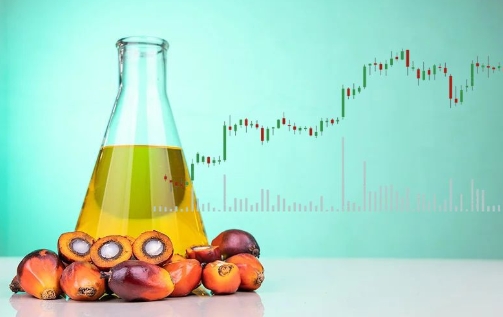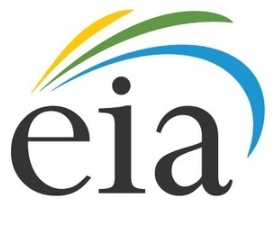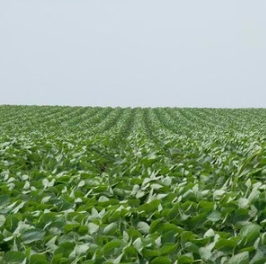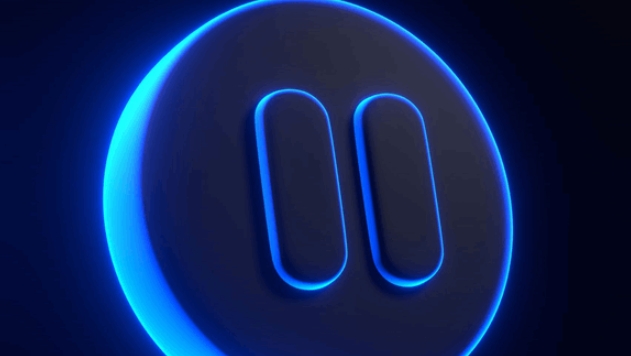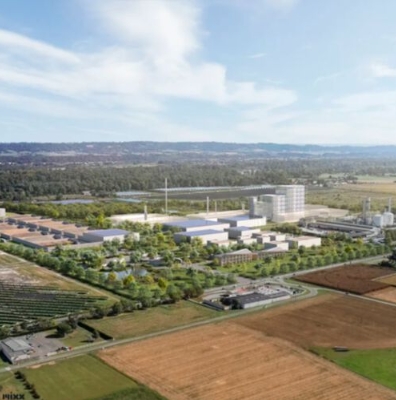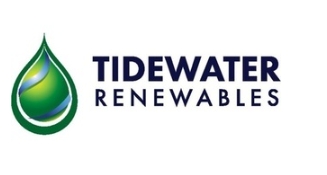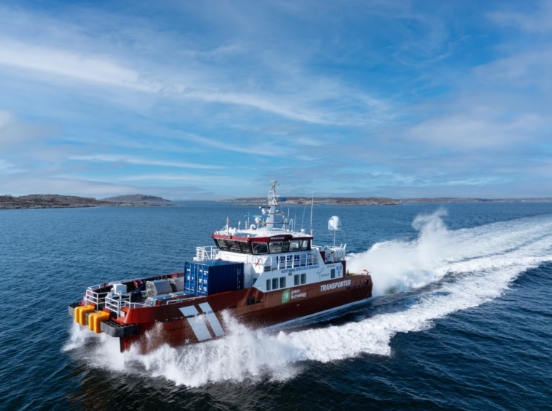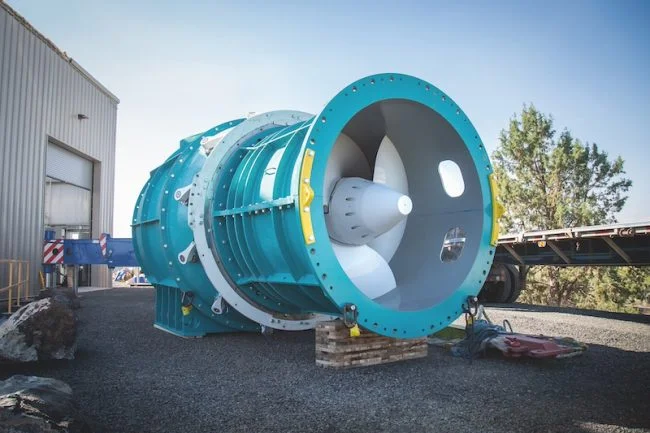
I've been interested in renewable energy since I was a kid. After graduating from MIT with Engineering and Economics degrees, I spent more than 20 years working in energy and energy finance. I started at Accenture in their utility practice, then got the opportunity to work at one of my clients, Constellation Energy. After Constellation, I had a unique opportunity to be part of a small team that set up the energy and carbon emissions trading desk at Credit Suisse.
In 2009, my brother, Abe and I co-founded Natel Energy, a hydropower company that designs high-performance FishSafe turbines to promote biodiversity and decarbonise the grid where I now serve as Chief Commercial Officer. I am also honoured to serve on the boards of the International Hydropower Association (IHA), Upstream Tech and the Fresh Water Trust, and remain a long-time representative on the National Councils of World Wildlife Fund and American Rivers.
My brother, Abe and I grew up in Texas, inspired at a young age by our father, an inventor of novel renewable energies. He encouraged us to understand the critical value of both renewable energy and natural resources, especially water. It was in our teenage years that we discovered the positive ecological benefit beaver dams can have on river health. Fast forward several decades after Abe and I both studied engineering at MIT, we cut our teeth working in the energy and engineering industries respectively and then came back together to help advance what we knew to be one of the most powerful forms of renewable energy – hydropower.
For us, it was clear that hydropower would continue to play a critical role in decarbonising the grid and help meet net-zero goals as the world’s biggest source of renewable energy. We also knew that hydropower had room for modernisation, namely as it relates to its impact on the environment, specifically aquatic biodiversity. With a little bit of re-engineering, we believed hydropower had the ability to help vs harm the environment where it operates.
Leaning into our backgrounds, we designed a novel turbine runner with blades that are thick and have a slanted leading edge. This allows the runner to rotate at high speeds – maintaining conventional turbine performance metrics like high power density, high efficiency, compact form factor, and low cavitation – while passing fish safely directly through the turbine.
We’ve tested our FishSafe turbine design with a wide range of critical migratory fish commonly found in river habitats around the world including sturgeon, eel, salmon, catfish, alewife and our testing – both in the field and in our closed hydraulic loop facility at our headquarters in Alameda, California – have demonstrated >98% survival across those varied species.
This high performance across many types of fish has laid the foundation for our FishSafe designs to provide an advantaged alternative to the plant shutdowns and costly, inefficient and ineffective fine fish screens that today serve as the industry standard for fish protection.
We know that today, one of hydropower’s greatest challenges, particularly in mature grids in North America and Europe, is age, which necessitates the need to replace old turbines; combined with relicensing which can present new environmental requirements, particularly for fish passage. Over half of the existing North American and European hydro fleets are more than fifty years old. A total of 37GW across both continents will require upgrades for fish passage and efficiency within the next decade.
We’re aware this initially presents as a potentially expensive challenge: how to cost-effectively modernise and update existing, aged hydropower while also meeting new fish passage requirements imposed in relicensing? Status quo solutions like shutdowns, fish screening or bypasses reduce generation, increase CAPEX (to install screens/bypasses) and increase OPEX (to clean screens since finer screens often trap more debris).
In contrast, Natel’s FishSafe turbine designs enable a plant owner to spend the CAPEX already planned to replace old turbines with no other changes required – fish pass safely directly through the turbines. Additionally, upgrading an ageing plant with new FishSafe turbines maintains plant operational flexibility and in some cases can result in a net gain in energy production. Natel FishSafe turbine designs integrate the necessary cost of plant modernization with improved environmental performance, providing a cost-competitive, long-term, safe, and reliable modernisation solution for the industry.
I have been lucky to meet some incredible people working within hydropower, all of whom bring unique perspectives and help me and our team regularly refine how Natel can provide the most value to the industry as a whole. One thing I learned quickly is the benefit of aligning early with others that might have the shared goal of helping hydro modernise. Whether it’s a conservation organisation, regulatory agency or a turbine manufacturer, there really are more people aligned on the goals of clean energy and healthy river environments than divided. The power of collaboration is amazing.
I am deeply honoured to represent North America alongside Lynn St-Laurent and join such a distinguished group of leaders committed to advancing sustainable hydropower worldwide. Professionally, I look forward to collaborating with others to modernise the role of hydro in our energy landscape. As demand for reliable, dispatchable, and flexible energy continues to rise – from the growing presence of data centres to developing countries utilizing natural resources for accessible energy –hydropower’s role is evolving, and I am thrilled to be a part of this transformation.
I have a firm belief in the role hydropower plays as a critical and reliable energy source and a deep respect for hydropower’s lengthy history as a key source of power. As we look ahead, I am excited and motivated to help the industry lean into the growing number of cost-effective and sustainable technological innovations that will allow hydropower to continue to evolve into an environmentally sustainable energy source for generations to come.
Natel’s mission remains focused on supporting healthy rivers, promoting biodiversity and decarbonising the grid and helping modernise the global hydropower fleet in a way that balances energy production with ecological health.
Looking at North America specifically, we know that one of the key challenges facing the North American hydropower fleet is that nearly 80% of the fleet operates in settings where the high volumes of water flowing through hydropower sites makes conventional fish protection measures, like fine exclusion screens, difficult and costly to install, operate, and maintain. The only other conventional methods to improve fish passage, such as rerouting fish or plant shutdowns during migration reduce power output and add complexity without fully addressing the risks posed by conventional turbines.
We’re incredibly proud that our Natel FishSafe turbine designs are the only turbine blade designs applicable to all major medium and low head turbine configurations at sites with up to 40m of hydraulic head, delivering uncompromising performance (designs with efficiency up to 94%), safe fish passage (demonstrated survival rates between 98-100%) and are readily customizable to fit into existing plant civil works.
Beyond cost savings, FishSafe turbines can also boost power generation by up to 10% by modernizing aging equipment, minimizing head losses associated with screening and potentially eliminating the need for bypass flows. Increased power generation not only enhances revenue potential but also improves operational flexibility, which is crucial for adapting to fluctuating demand and maintaining grid stability.
To date, Natel’s FishSafe turbines have generated 3.25GWh of renewable electricity and are in operation in the US and in Europe. In addition, Natel conducts research and development including CFD modelling and analysis to improve fish safety at the plant level and performance and fish passage scale model testing at the company’s hydraulic test facility. Natel also has a field test site at a 300kW project that it owns and operates in Oregon.
The team at Natel collaborates with all partners, including conservation groups, universities, equipment manufacturers, and clean energy producers, all driven by a shared goal to modernise the hydropower industry. We recognise that change requires a multidisciplinary approach, and working together has been both effective and incredibly rewarding.
As we look forward, we know just how valuable hydropower is and the risk we currently face of losing this critical energy transition resource if we do not invest in modernisation. Amazingly enough, today we have the technology and solutions needed to modernise and we want to help encourage owners and operators to make those investments that will not only update the rapidly ageing hydro fleet, but improve river health and biodiversity. From our perspective, it is very possible to do both.
